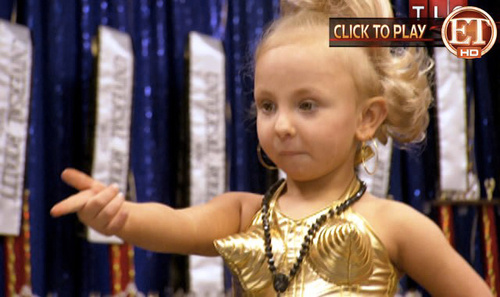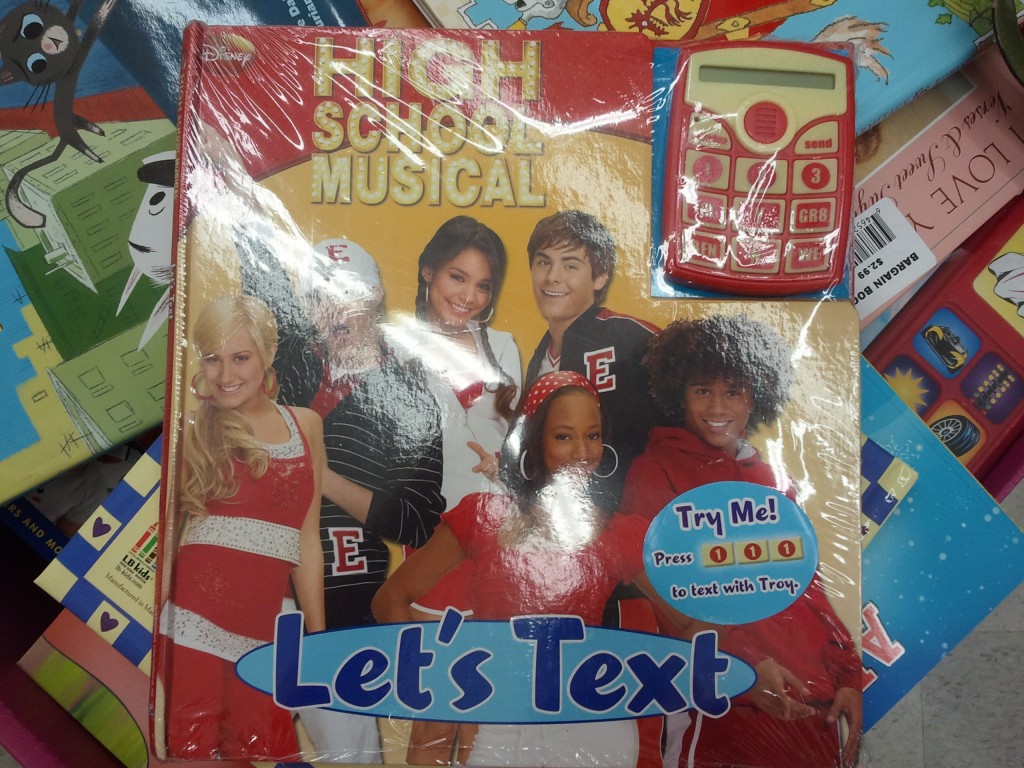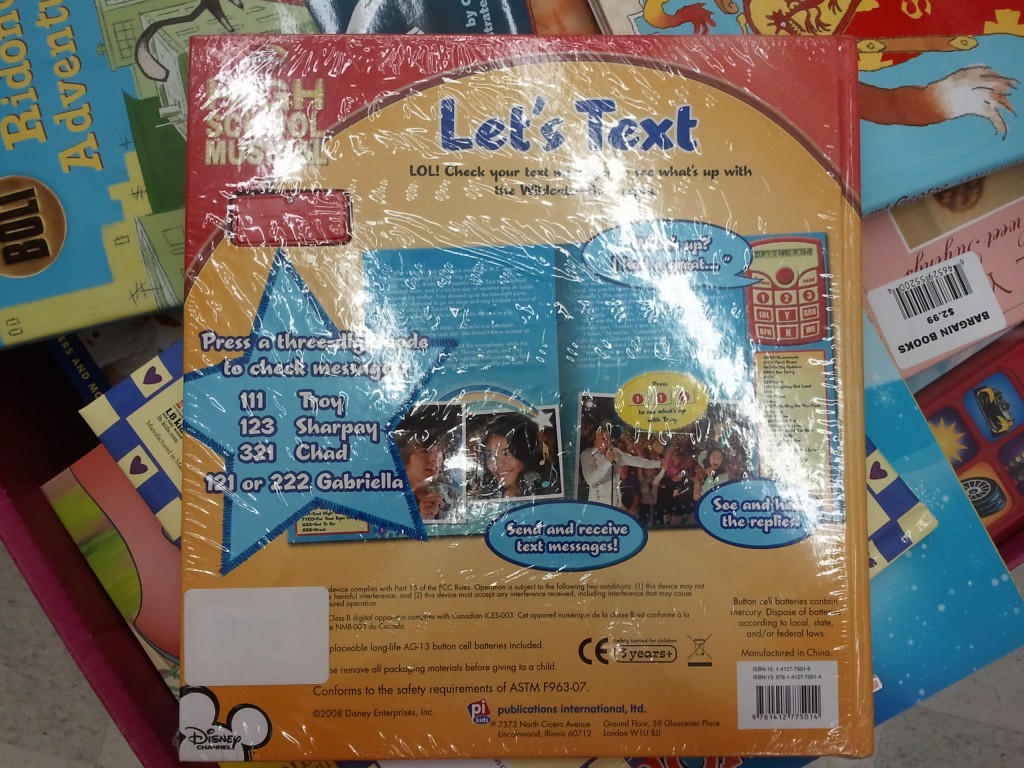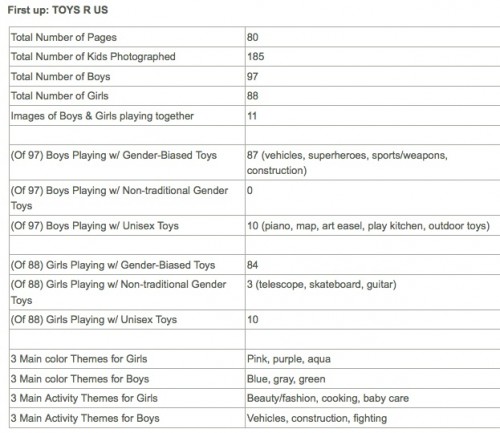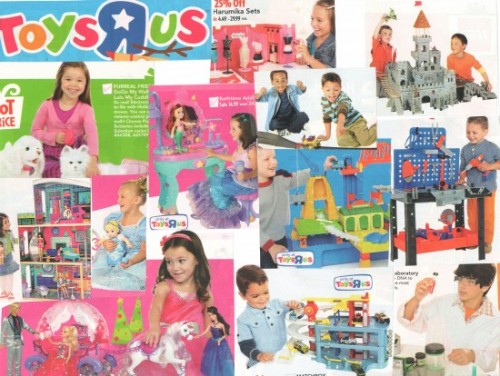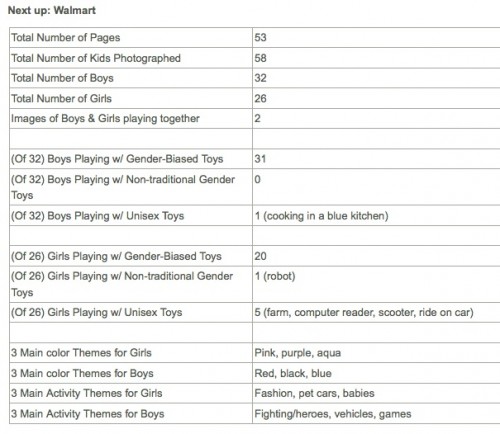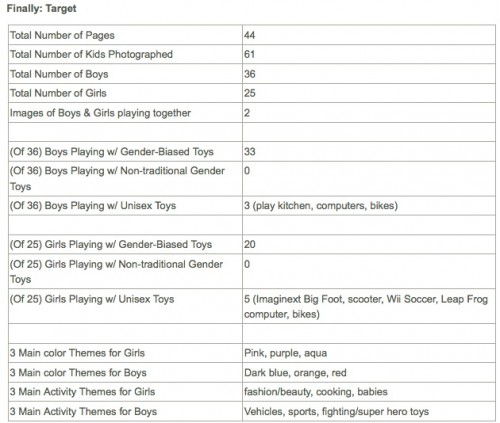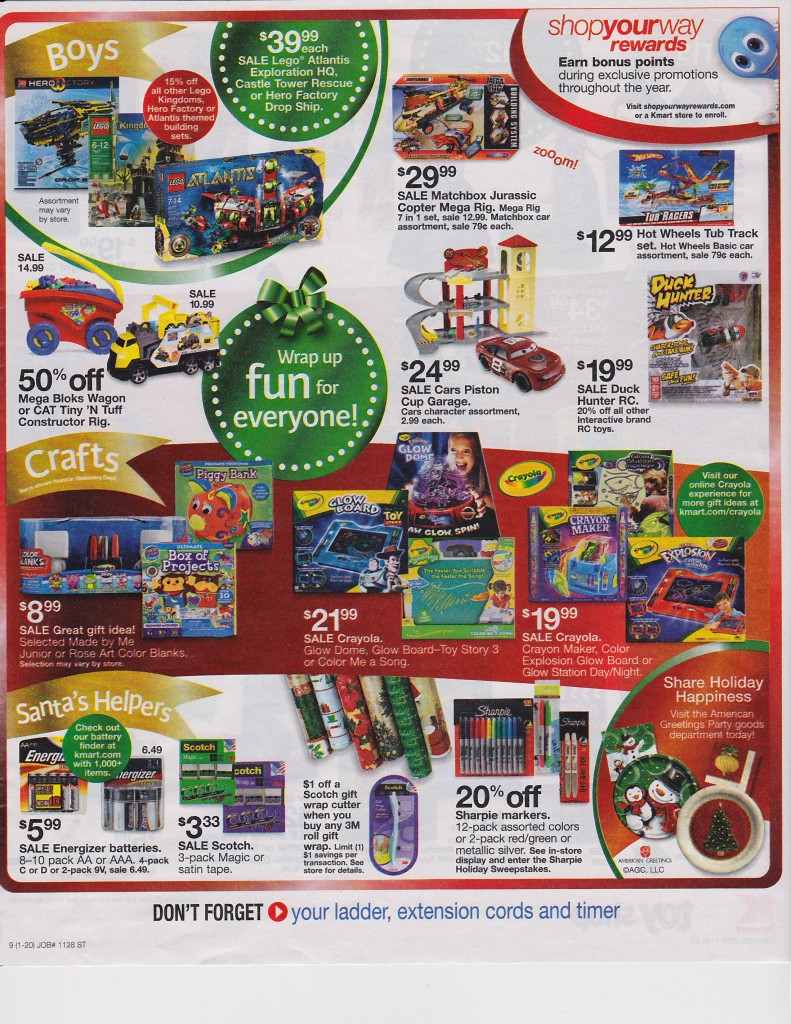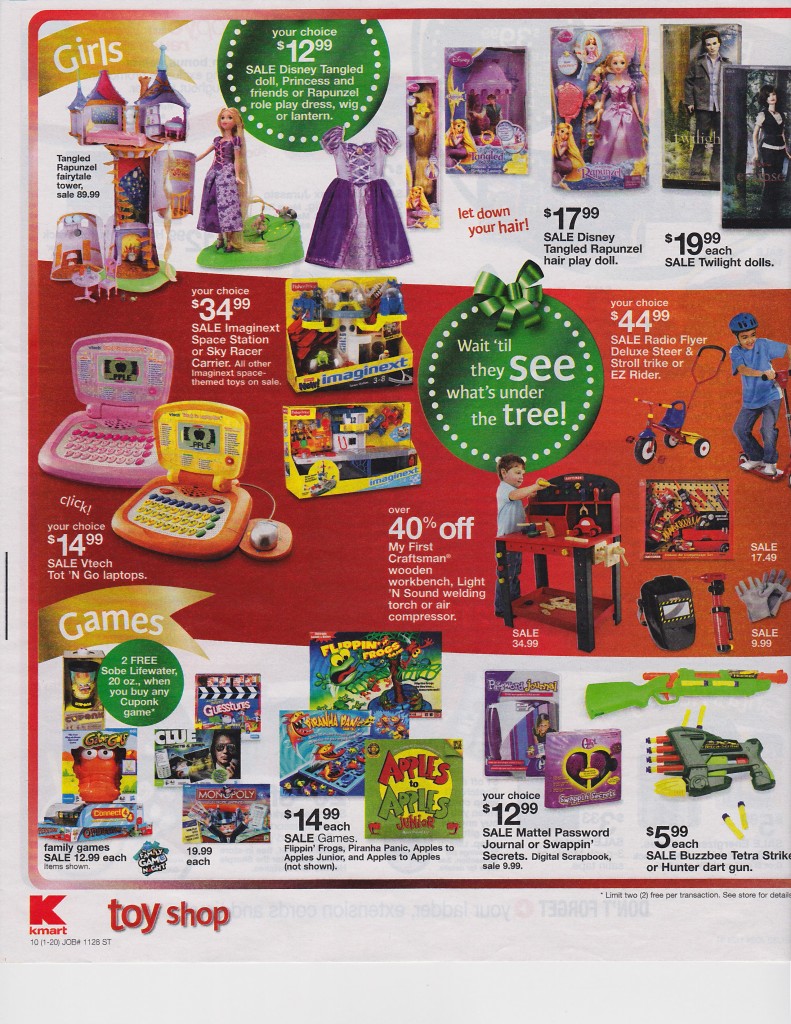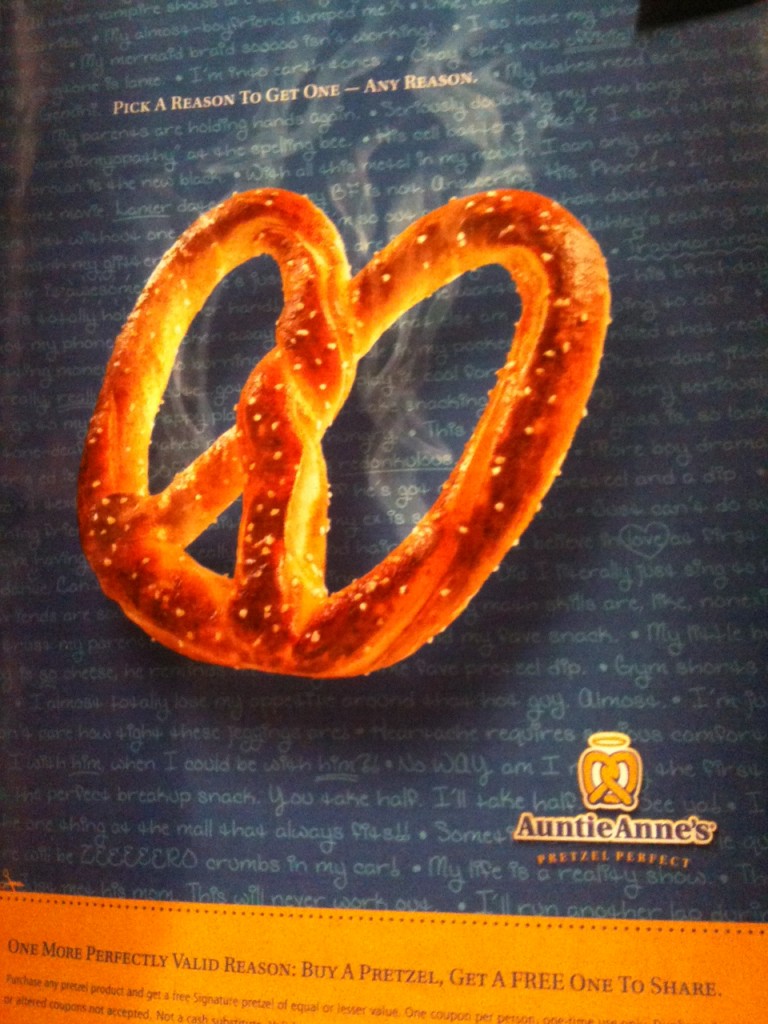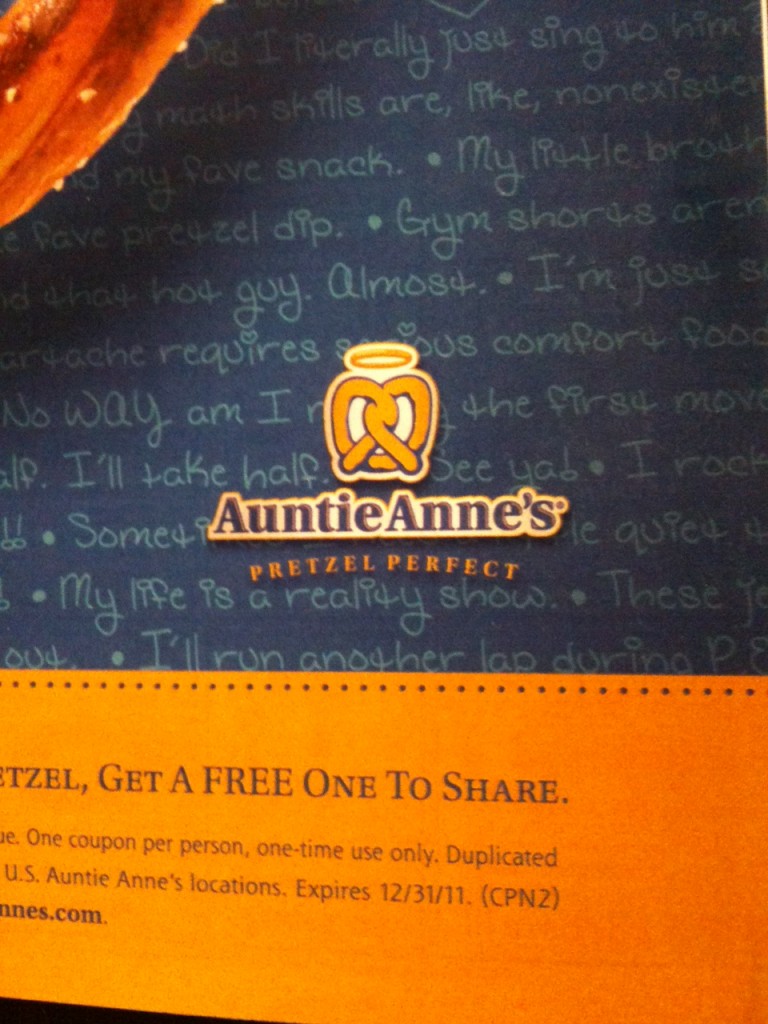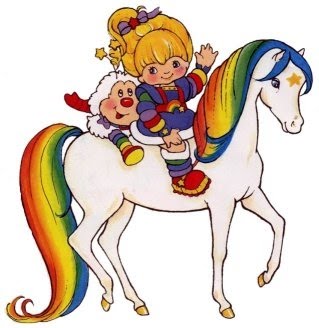A couple of days ago, Lisa posted about the sexualization of young girls, specifically in a fashion spread in French Vogue. Erica B. found another striking example on the reality show Toddlers & Tiaras, a show about young girls entered in beauty pageants. In this case, 2-year-old Mia’s mother has her perform wearing a tiny version of Madonna’s famous cone-bra bustier from her Blond Ambition tour:
The whole performance (and note the video is titled “Mia Living Doll”):
M/p>
For another video of her doing the routine, watch the 2nd video at this Jezebel post.

